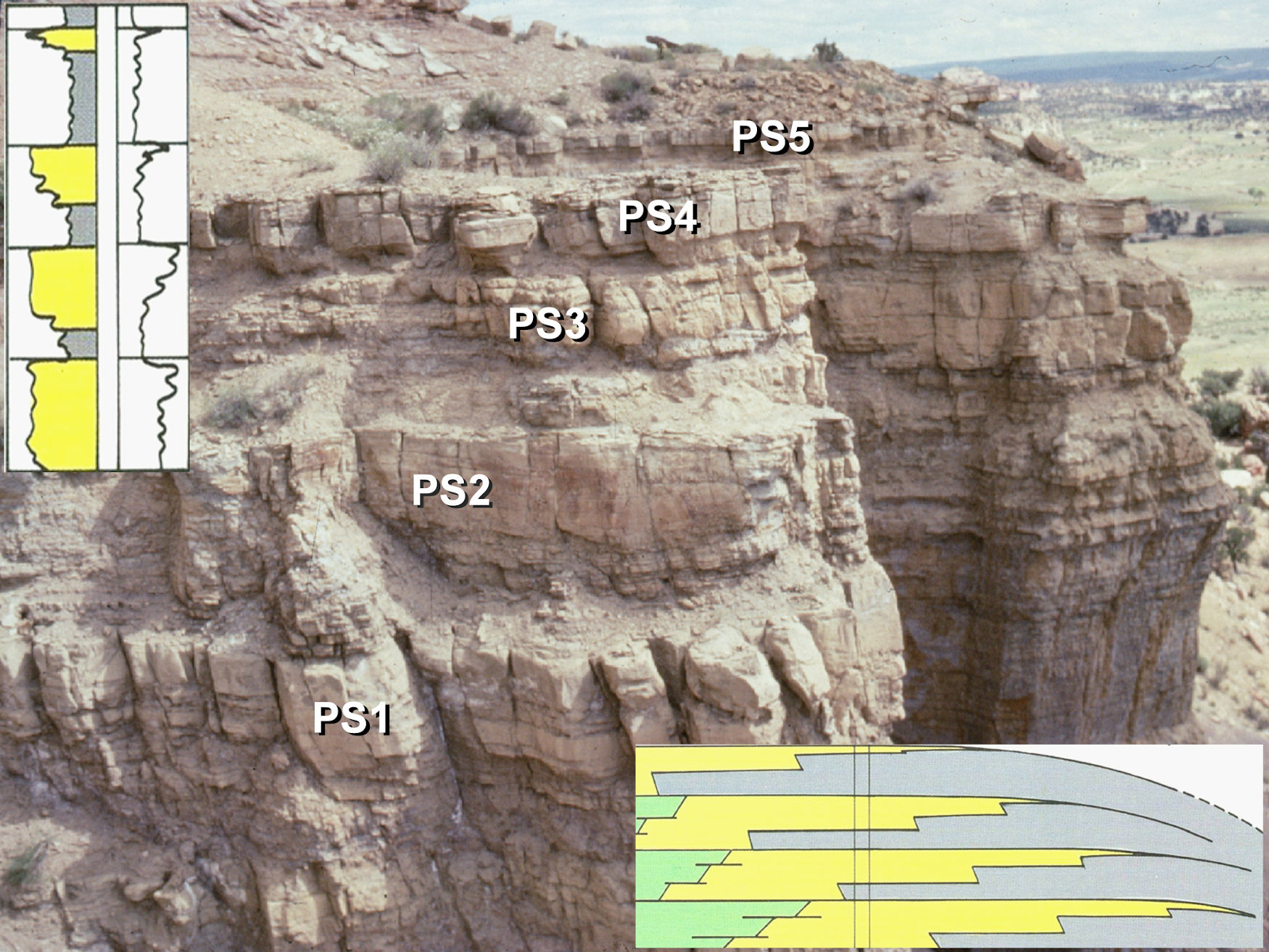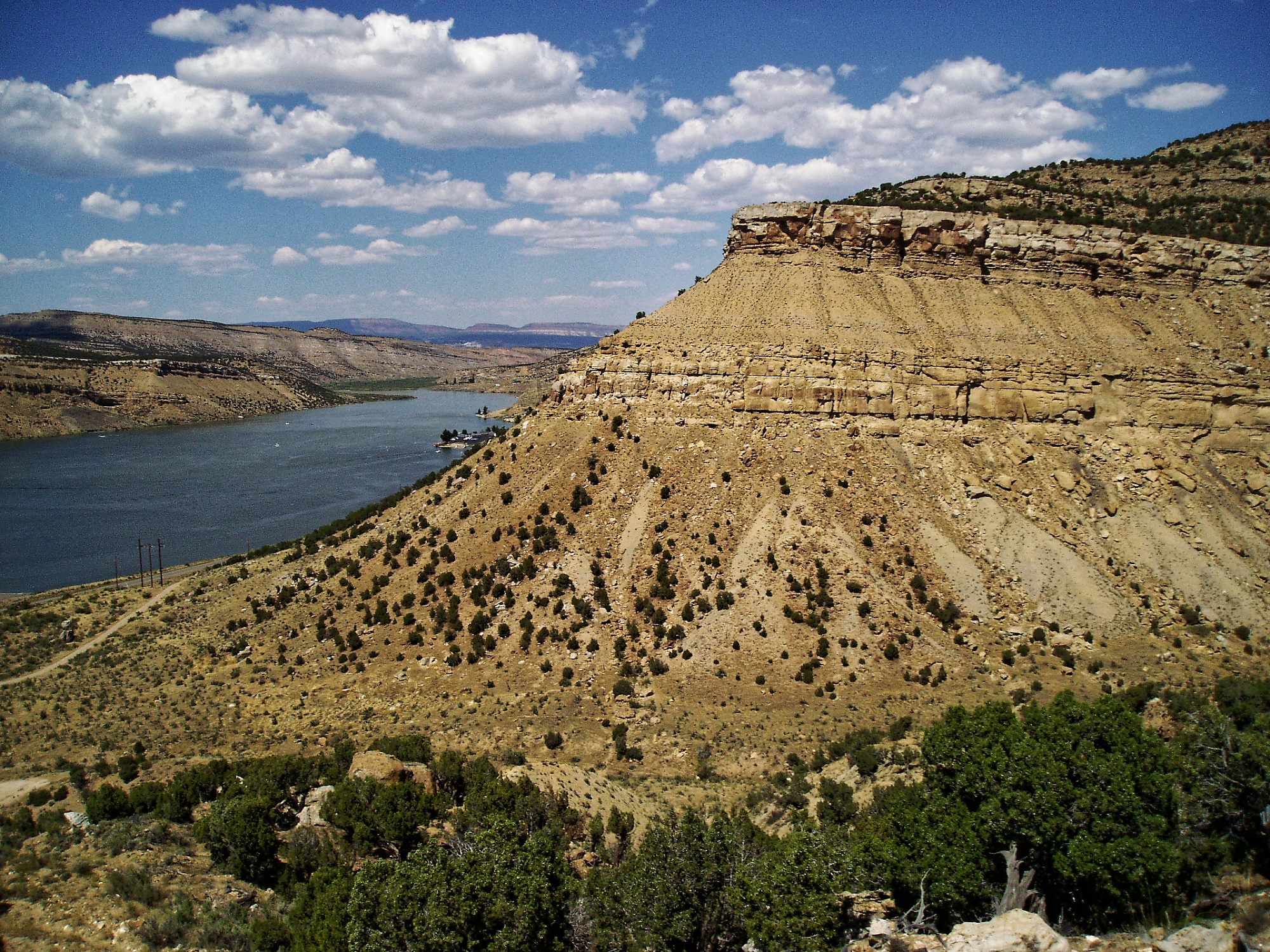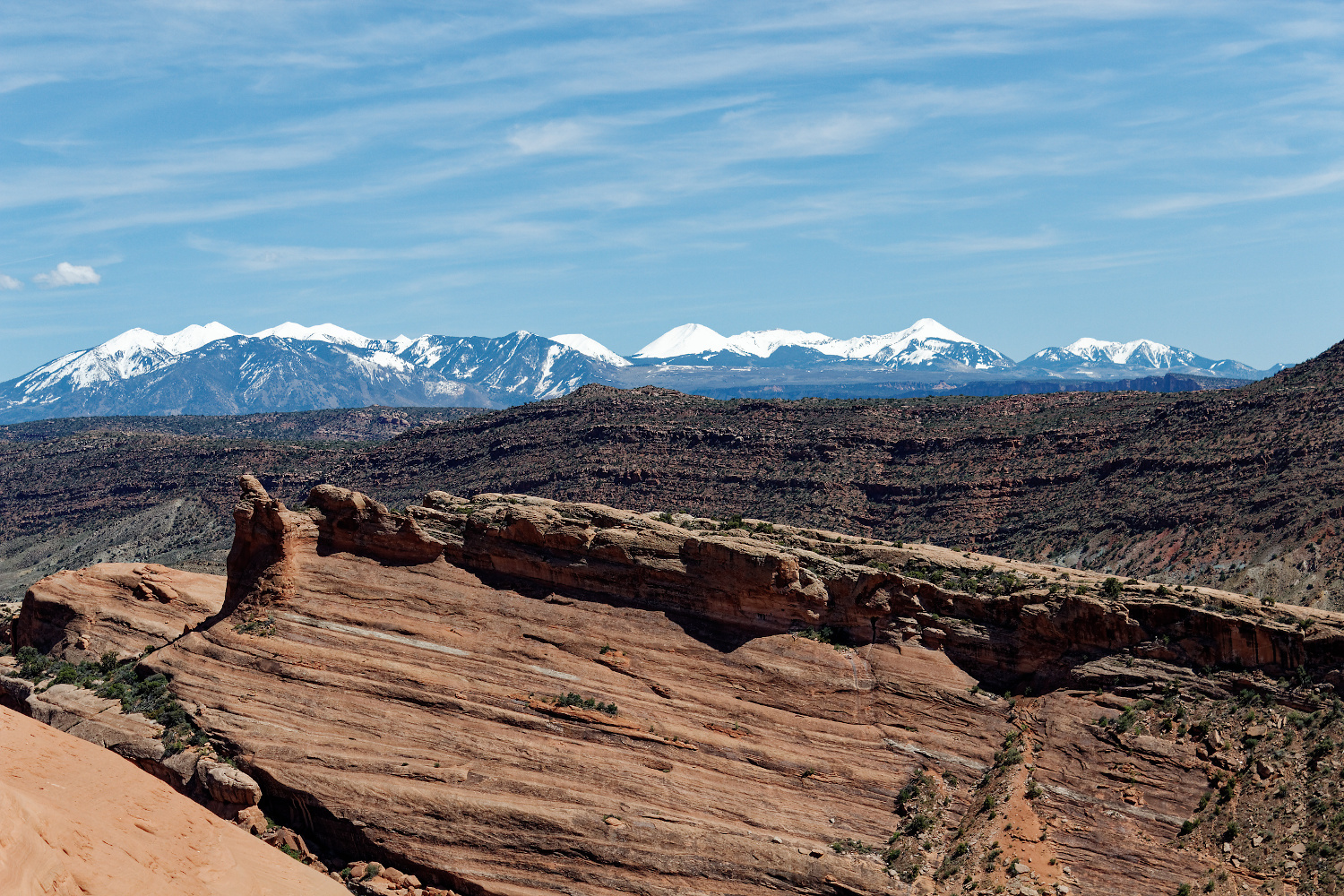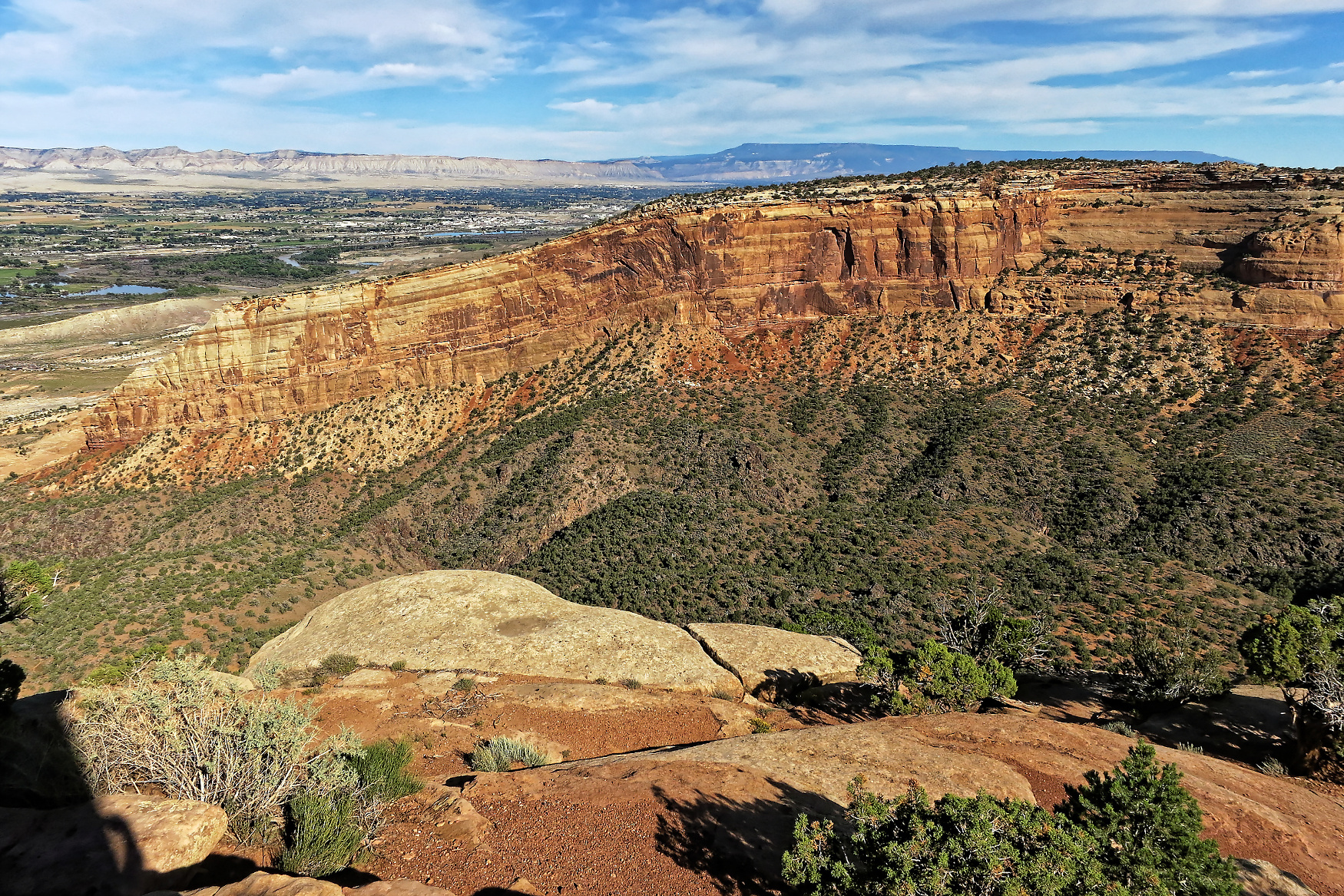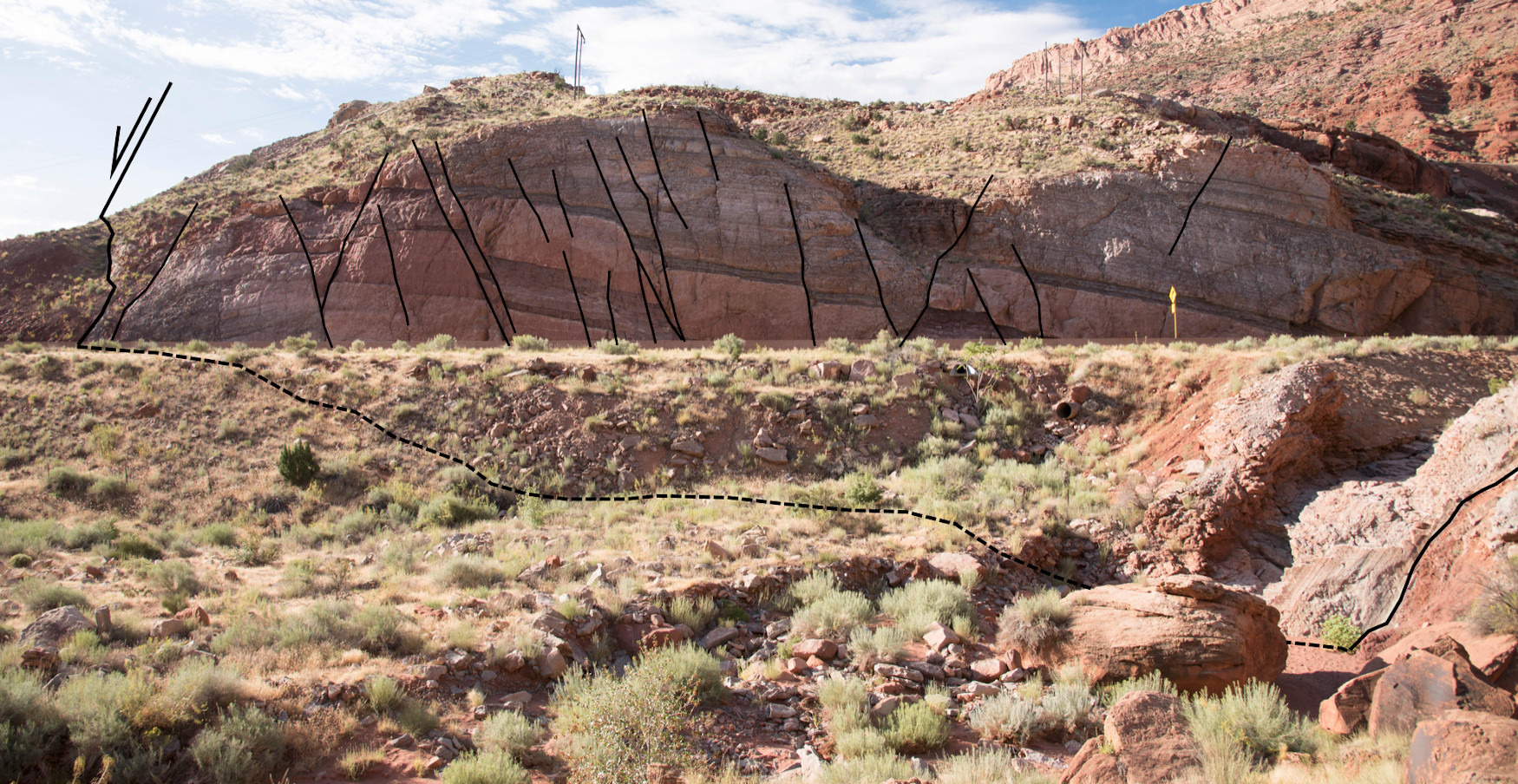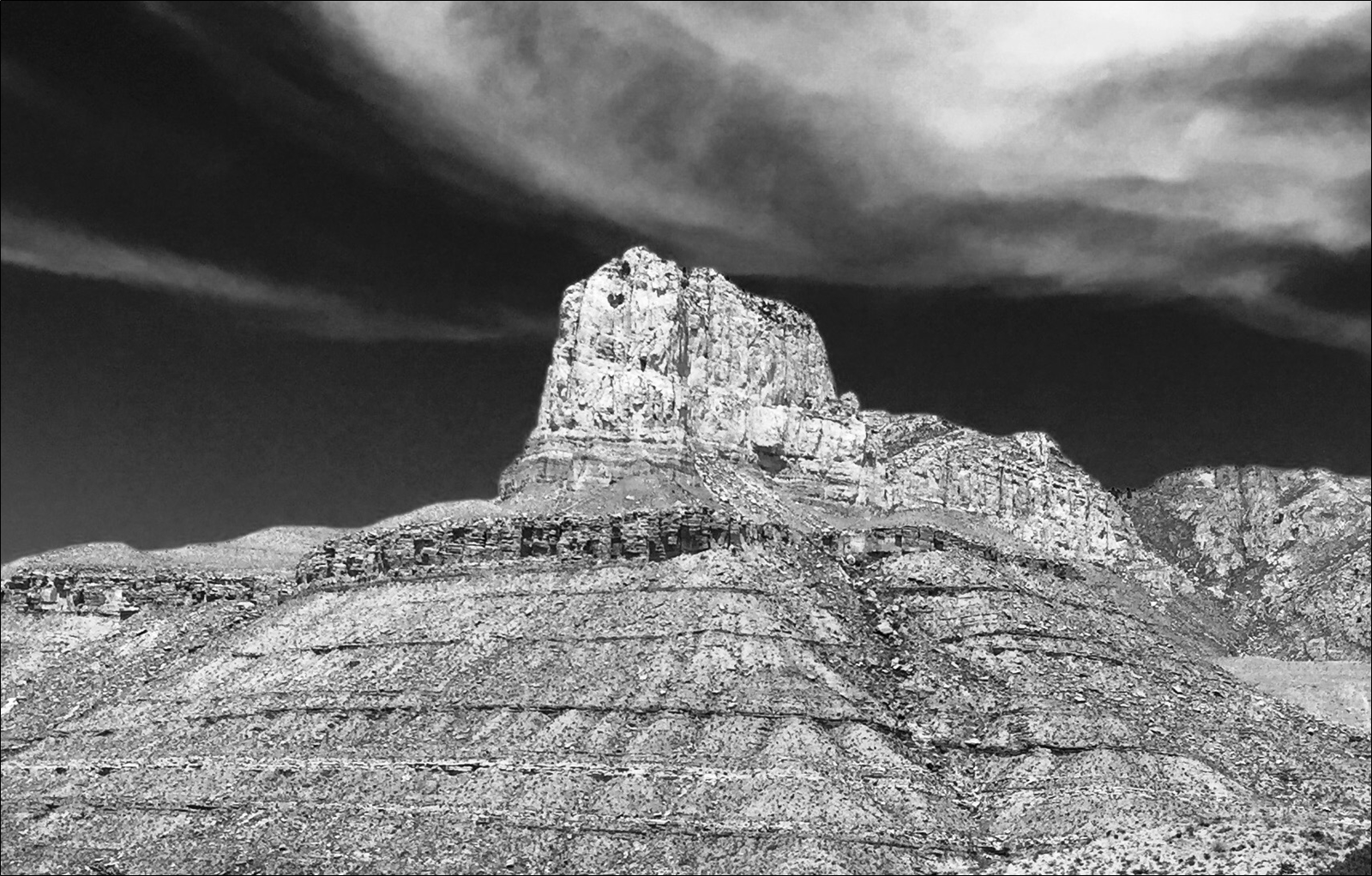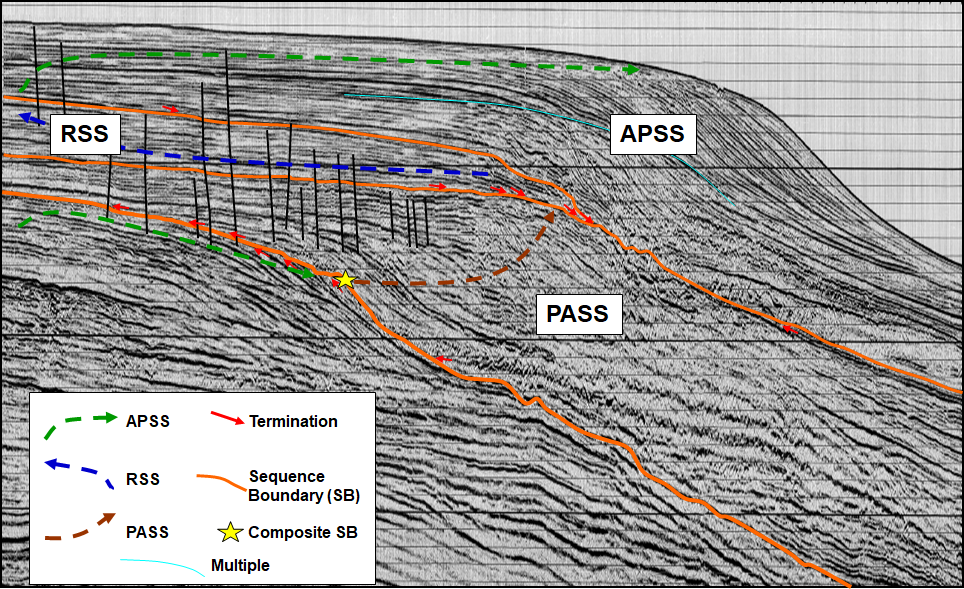Tutor(s)
Jeff May: Geological Consultant; Affiliate Faculty, Colorado School of Mines.
Overview
This course offers a practical approach to the sequence stratigraphic analysis of well logs. Lectures and exercises introduce the concepts and terminology of sequence stratigraphy and then apply them to the interpretation and correlation of well logs. Exercises are used to identify significant chronostratigraphic surfaces on well logs and then use the surfaces to construct log correlation sections for a variety of depositional settings. The approach allows for subdividing stratigraphic intervals into meaningful genetic packages, in order to interpret depositional histories and build geologically meaningful maps. Participants will develop the skills necessary to identify and predict new prospects and better subdivide reservoirs.
Duration and Logistics
A 5-day classroom course comprising a mix of lectures (30%), exercises (40%) and core examination (30%). The course is delivered at the Colorado School of Mines in Golden, Colorado, allowing participants access to the school’s inventory of cores. The manual will be provided in digital format and you will be required to bring a laptop or tablet computer to the course.
Level and Audience
Fundamental. This course is aimed at geoscientists to teach them how to interpret well log data, make well-to-well correlations and generate maps in a sequence stratigraphic framework. The content is also suitable for professionals who work with geoscientists, such as petrophysicists and reservoir engineers.
Objectives
You will learn to:
- Apply the terminology of sequence stratigraphy.
- Identify sequences, systems tracts, sequence boundaries, marine regressive and transgressive surfaces of erosion, and flooding surfaces.
- Apply sequence stratigraphic principles in carbonate, continental, shallow marine, deep marine and shale environments.
- Generate well-log correlations using sequence stratigraphy concepts and contrast lithostratigraphic and chronostratigraphic correlations.
- Apply reservoir-seal-source rock concepts to sequence stratigraphic interpretations.
- Create maps of genetically related sequence stratigraphic units.
- Predict new stratigraphic prospects or previously untapped reservoir compartments.
- Assess the influence of chronostratigraphic surfaces on reservoir quality and flow units.

